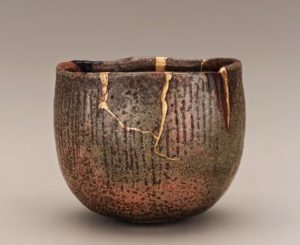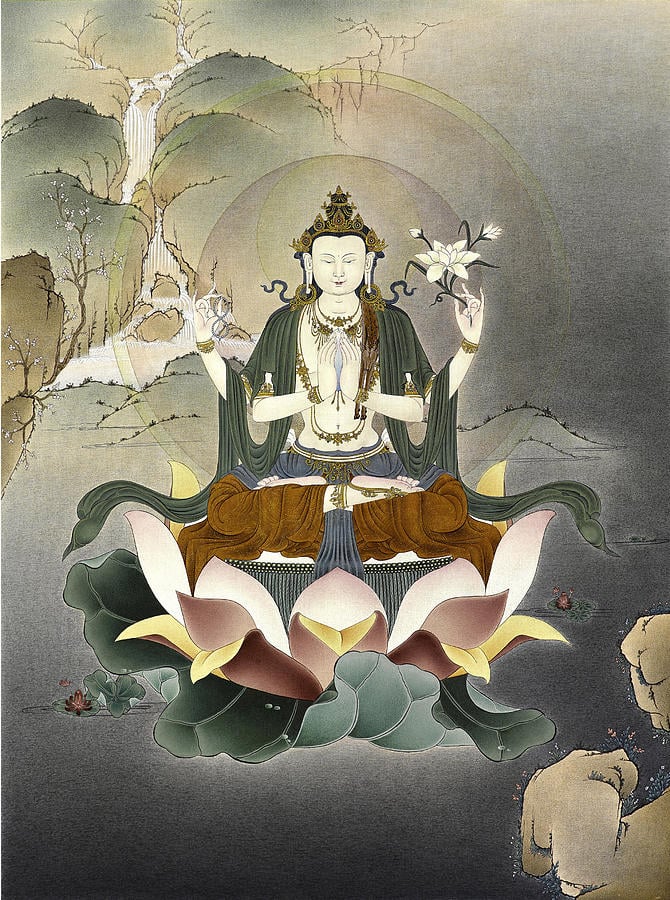Category: Resources
The three marks of existence (Pāḷi: tilakkhaṇa; Sanskrit: trilakṣaṇa) or three seals are a major cornerstone of the Buddha’s teachings. In Buddhism, they represent the Buddha’s enlightened understanding of …
One day, my master Kodo Sawaki confided in me, “Why did zen impress me so much? It wasn’t reading the Shobogenzo, or the words of the masters or any …
Zazen is a Japanese term. “Za” literally means to sit or sitting; “zen” means to meditate or concentrate. Zazen literally means sitting meditation. Shikantaza is a Japanese translation of a …
Wabi-Sabi’s roots lie in Zen Buddhism, which was brought from China to Japan by Eisai, a twelfth-century monk. Zen stresses austerity, communion with nature, and above all, reverence for …
The Tripitaka is a collection of holy writings organized into three collections or baskets to include the rules for monastics (The Vinaya), the actual teachings of Buddha Shakyamuni (The …
Ritual traditions have changed over historical time and differ from sect to sect and from region to region throughout East Asia. Descriptions of Zen ritual are, therefore, either specific …
For thousands of years, mystics, meditators, and yogis have used mantras for mental and spiritual transformation. A mantra is a sequence of words, syllables, phrases, or sounds, that are …
The basic story speaks about the relationship between a hermit monk and an orphan left in his charge. Together they care for a temple in the middle of a remote …
KANNON BODHISATTVA, KANNON BOSATSU, LORD OF COMPASSION, GODDESS OF MERCY Avalokitesvara is possibly the most popular of all Buddhist deities, beloved throughout the Buddhist world. The great vow of …
Nama-rupa, sometimes spelled namarupa, is a Sanskrit and Pali term that comes up frequently in Buddhism. It literally means “name and form,” although it is sometimes translated “mind an …










